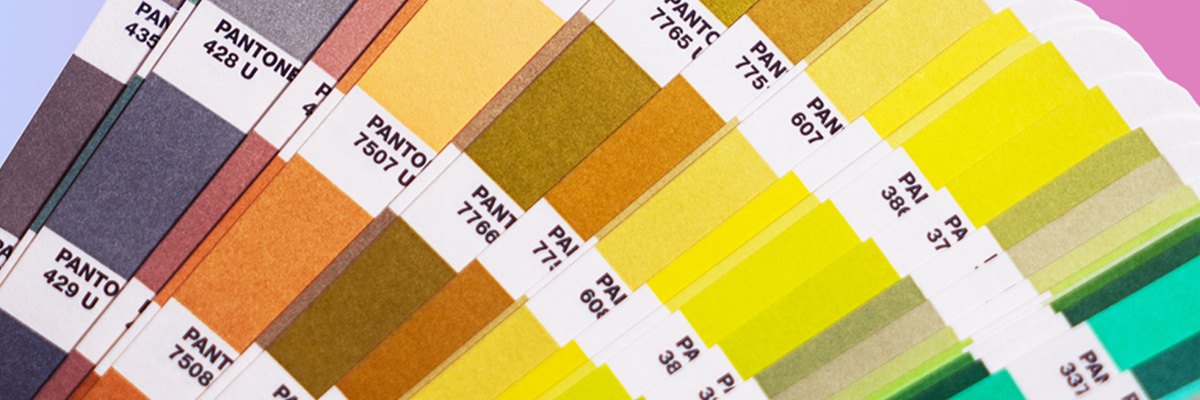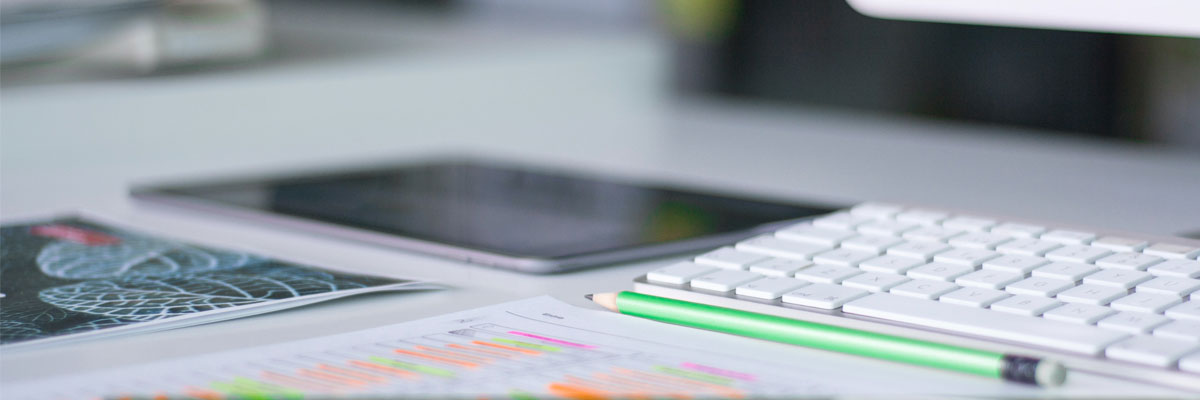These days, Label and Artwork Management teams are seeking easy ways to automate their workflows and reduce artwork cycle times and improve time to market.
But in 2021, selecting workflow management technology can be complicated.
The marketplace is crowded with various workflow management technology vendors, all of whom promise – and most of whom deliver – significant efficiency gains.
With such a loud din of competing voices from service providers, it’s easy to feel overwhelmed.
Here are 5 must-have features to keep in mind as you consider different software solutions.
Keep it Simple
First and foremost, keep it simple. At their most basic level, workflow management technology products for Label and Artwork Management should:
- Enable users to automate repetitive Label and Artwork Management processes
- Automatically follow up on incomplete tasks, such as approvals
- Track the workflow’s progress and report on performance metrics
- Then, to yield quick ROI, your workflow management technology should also have these five essential features.
1: Intuitive Workflow Builder
If you ask your Label and Artwork Management team to create a label and artwork management workflow, they’ll probably draw a straight line from one key step to the next in the end-to-end process, where each step requires input, an approval, or a denial.
However, if you ask your IT team to develop software for this workflow, you may very well end up with an elaborate web.
Great workflow management technology allows the user to build workflows in simple, linear loops.
The fancy, complex processes all takes place behind the scenes. And while all workflows are sequential, some sequential steps can happen at the same time – creating parallel workflows.
Adding this kind of complexity should be easy, even for the user who doesn’t have a degree in computer science.
2: Status Indicators
Ideally, your workflow management technology will be your one-stop shop for all Label and Artwork Management processes in your organization, which means there will be multiple workflows running simultaneously.
When you view these on a dashboard, you’ll need a way to make sure you’re focused on the right information.
With status indicators, you can easily identify pressing tasks.
Usually, the workflow management dashboard will use a color scheme or similar to create status indicators and call your attention to these pressing issues.
3: KPI-Based Reports
Lots of workflow tools will let you create a simple workflow, but if you’re serious about achieving new levels of productivity in Label and Artwork Management, you’re going to need solid reporting features.
A robust KPI-based reporting function will let you see and analyze where the bottlenecks are in your Label and Artwork Management process so you can focus your attention accordingly.
4: Automated Notifications
One of the benefits of an automated workflow is that you never need to push it.
As soon as you begin a new project, the workflow runs until finish without anyone needing to chase after a task.
Achieving this flow is the result of automated notifications.
Your workflow management technology should send automatic notifications via email to remind your stakeholders an approval is due.
Users should also be able to customize the type of notifications stakeholders receive.
5: Role-Based Access Control
Some workflows contain information that doesn’t have to be shared with everyone in the project.
Your workflow management technology should allow you to customize what each user can see and edit.
Furthermore, you should be able to change these settings without breaking the workflow or negatively impacting past requests.
Create a Better Label
As you investigate your options, keep these five features in mind and avoid settling.
Remember too: Label and Artwork Management is about more than project management.
Successful companies approach their search for workflow management technology from the vantage point of, “We want to create a better label,” not just, “We want to create a label better.”










